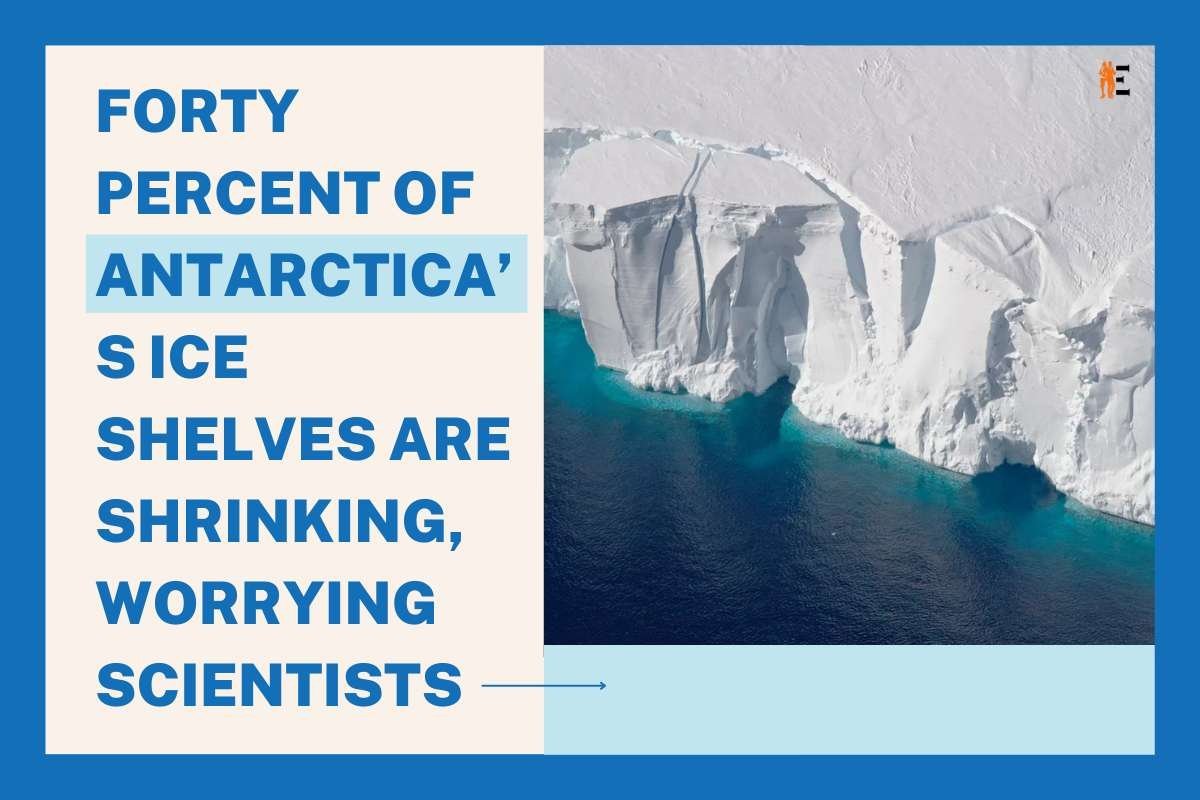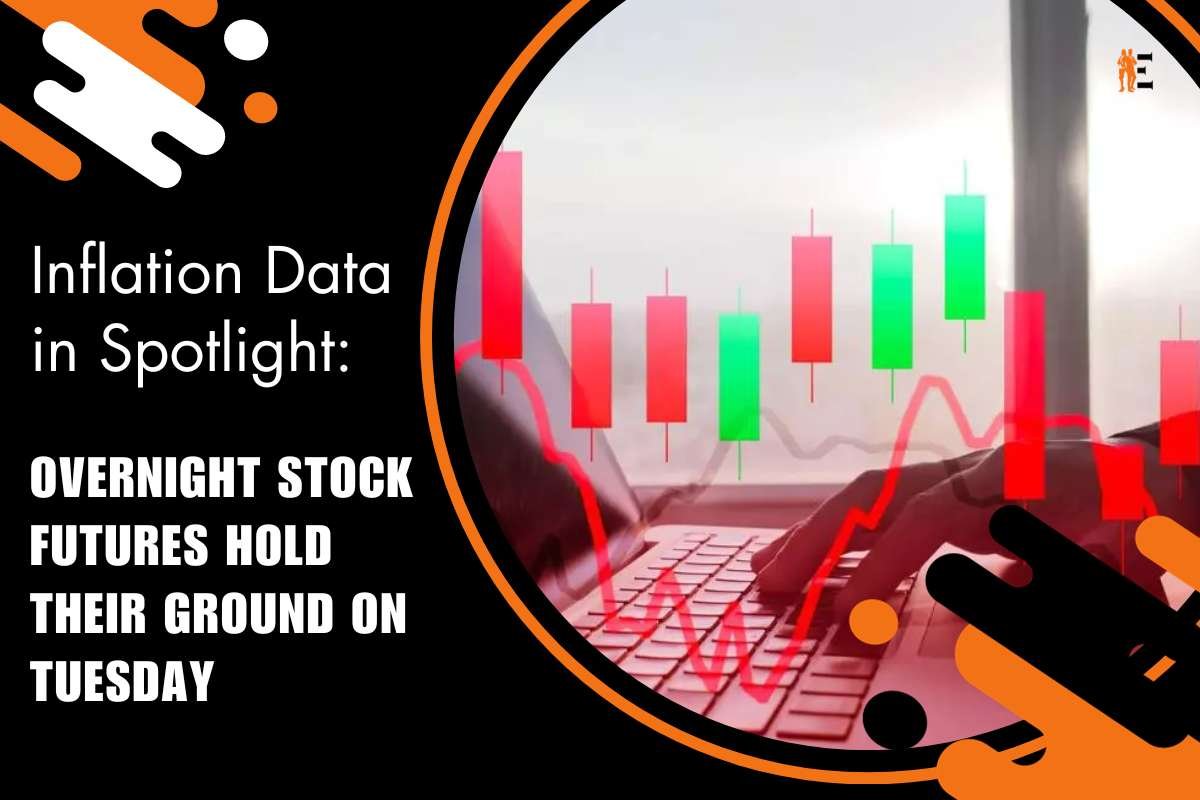The latest data release from the Bureau of Labor Statistics on Thursday morning indicates a mild increase in consumer prices during July, showing a slightly faster year-over-year rise compared to the previous month’s figures.
The Consumer Prices Index (CPI) for July marked a 3.2% increase over the previous year, indicating a slight acceleration from June’s annual gain of 3%. Month-over-month, prices saw a 0.2% uptick in July, mirroring the 0.2% increase observed in June.
Steady Core Inflation
On a “core” basis, which excludes the more volatile costs of food and gas, consumer prices climbed 0.2% from the prior month and 4.7% from the previous year, maintaining a similar pace as seen in June. Both these core measures are closely aligned with economists’ expectations.
Rent Prices Surge, Energy Index Drops
Rent prices continue to surge, with the index for rent rising by 0.4% and owners’ equivalents increasing by 0.5% on a monthly basis. On the other hand, the energy index exhibited a 12.5% decrease over the 12 months ending in July, while showing a slight 0.1% increase on a seasonally adjusted month-over-month basis.
July Consumer Prices Index (CPI) report: Monthly inflation falls in line with estimates, rises by 0.2%
Mixed Movement in Other Indices
Certain indices demonstrated varied price movements. Notably, airline fares marked their fourth consecutive monthly decline, falling by 8.1%. Conversely, consumer prices for used cars and trucks dropped 1.3% in July following a 0.5% decline in June. The indexes for education and recreation saw increases during July.
Impact on Markets and Monetary Policy
In response to the data release, US stocks experienced a slight uptick in early trading, while Treasury yields dropped around 4 basis points, hovering around 3.9%. The persistent inflation, which remains well above the Federal Reserve’s 2% target, suggests that the central bank may proceed with interest rate hikes in the coming months. Nevertheless, market sentiment leans towards an expectation that the Federal Reserve might temporarily pause its rate hikes at the upcoming policy meeting in September.
Analysts’ Perspectives
Commenting on the inflation data, George Mateyo, Chief Investment Officer at Key Private Bank, noted that the recent figures resembled the pre-pandemic inflation trends. He suggested that the post-pandemic inflationary surge might be subsiding, potentially giving the Federal Reserve room to carry out its planned pause on rate hikes.
However, other experts, including Raymond James’ Chief Economist Eugenio Aleman, remain cautious. Aleman highlighted the resilience of shelter costs and the potential pressure from energy prices on headline inflation. He maintained the view that the Federal Reserve could still implement another rate hike before the year concludes, unless a substantial divergence between headline and core inflation emerges.











